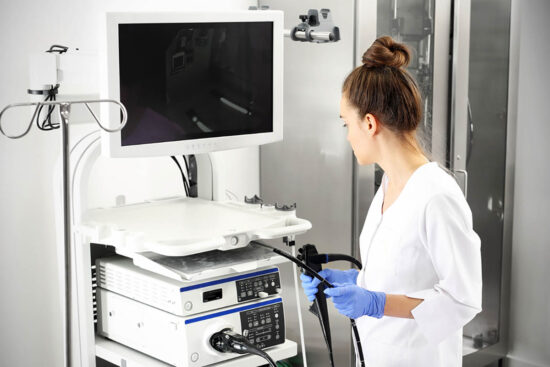Common Childhood Illnesses: 10 Every Mom Should Know

Cold
Cold is one of the most common childhood illnesses and can occur at any time, since it is a virus that is easily transmitted especially between people who live in the same space. Colds do not have a cure but you do need to watch for any abrupt changes in symptoms, which can present as muscle pain, mild to moderate fever, and headaches.
Ear infection

According to statistics, 50% of children will experience an ear infection before their second birthday. This condition can be caused by viruses and bacteria found in the environment. Among the symptoms that occur, the following stand out: ear pain, fever, irritability and difficulties falling asleep. It is important to contact a doctor and avoid resorting to home remedies that can worsen the infection.
RSV is the most common childhood illness
The Respiratory Syncytial Virus is one of the most common diseases in children. In the United States, it is estimated that all children will develop RSV before they are two years old. Around 75,000 to 125,000 children are hospitalized each year for this disease. It mainly affects the respiratory system, causing cold-like symptoms such as fever, runny nose, sneezing, and cough. If your child has these symptoms, it is suggested to go to the doctor immediately to prevent pneumonia or adverse complications.
Gastroenteritis

Gastroenteritis, also known as ‘intestinal flu’, is a disease caused by an extremely contagious virus, leading to symptoms such as nausea, vomiting and diarrhoea, and even fever. Generally, and in mild cases, the symptoms last one to two days, but it is important that you keep your child well hydrated, especially if they have moderate to severe vomiting and diarrhea.
Pharyngitis
The Centers for Disease Control and Prevention report that, each year, there are between 11,000 and 24,000 cases of pharyngitis in children, especially when they live with other children in closed spaces for long periods. Pharyngitis is caused by bacteria called streptococcus pyogenes, which is housed in the nose and throat. If your child has a fever, stomach ache, sore throat, and swollen tonsils, it’s time to see your doctor who will prescribe a course of antibiotics to fight the infection.
Asthma is another of the most common childhood illnesses

According to data from the American Lung Association, asthma is the most common chronic childhood illness, affecting more than 6 million children under 18 years of age. Of those, 3.5 million have suffered from at least one asthma attack in their life. The most recurrent symptoms are persistent cough, chest pain and shortness of breath. During an asthma attack there is inflammation in the airways. In cases of asthma, it is common for the doctor to prescribe an inhaler, especially when exposed to elements such as pollen, dust, animal hair, tobacco, among others.
Chicken pox
Each year, between 3 and 4 million people get chicken pox. of these, 90% are children under 4 years of age. The good news is that children get the less severe cases for the most part. Symptoms such as fever, itching and red spots on the body, especially on the face, torso and arms, appear in the earliest stage. Although the cases are usually mild, if the child presents symptoms such as vomiting, dizziness, tachycardia or tremors, it will be necessary to request immediate medical help.
Urinary tract infection

Urinary tract infections occur when the bacteria accumulates in the urinary tract. Sometimes, the symptoms of this disease can be confused with those of other conditions, so it is important to take a blood sample to confirm the infection and follow an appropriate treatment. Urinary tract infections can cause pain and a burning sensation, as well as an urge to urinate frequently. In children, there can also be stomachaches, backaches and even fever, vomiting and lack of appetite.
Aphtose fever
Foot-and-mouth disease, also known as hand, foot, and mouth disease, occurs in about 70% of children. It is a highly contagious disease that most often affects children under 5 years of age. Among the most common symptoms are fever, sore throat, mouth sores and blisters on the hands, feet, knees, elbows or in the genital area. There is no treatment for this disease, but it is suggested to maintain good hygiene and disinfect household surfaces.
Atopic dermatitis

Atopic dermatitis is a non-infectious disease that occurs in at least 1 in 10 children, who report dry, red, itchy skin. In these cases, it is recommended to consult a dermatologist and try to keep the child’s skin moisturized. In addition, sudden changes in temperature and contact with dust, animals and cigarette smoke should be avoided.
The post Common Childhood Illnesses: 10 Every Mom Should Know appeared first on Mundo Hispanico.
 Related post
Related post





